Maintaining a healthy lawn requires regular mowing, fertilizing, aerating, weed control, and proper irrigation.
Having a lush, healthy lawn is the goal of many homeowners. But how do you achieve that? Maintaining a healthy lawn takes effort and regular care, but it doesn’t have to be difficult.
Here are some of the best ways to keep your lawn looking its best all year long.
Look Inside:
Watering Regularly
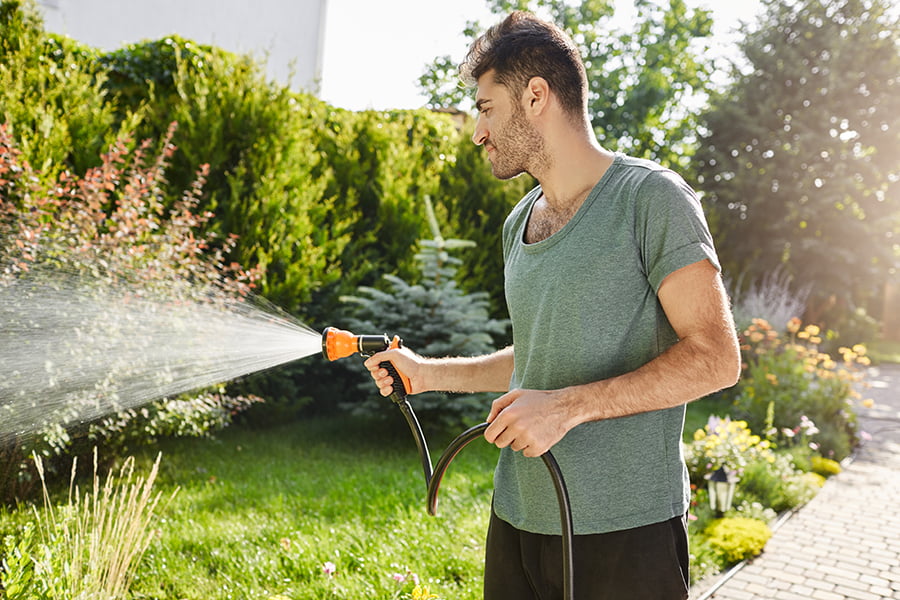
It is important to water your lawn deeply and infrequently, rather than lightly and frequently. This encourages deep root growth which helps the grass become more drought-tolerant and better able to withstand extreme temperatures.
Watering should be done in the early morning or late evening when temperatures are cooler, as this reduces evaporation and allows for deeper penetration into the soil. It is important to adjust your watering schedule based on weather conditions; if there has been recent rainfall, you may not need to water as much or at all.
Make sure that you are using an appropriate amount of water for your specific type of grass; too much can lead to disease while too little will cause it to dry out and die off.
Fertilizing
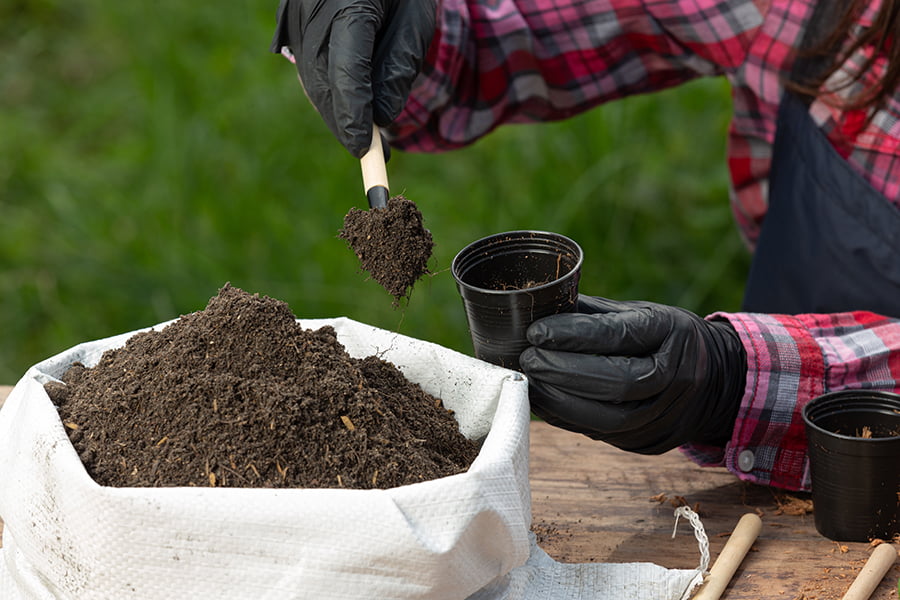
It helps to replenish the nutrients in the soil that are used up by grass and other plants, and it can also help to promote growth. Fertilizers come in many forms, including liquid, granular, or organic varieties.
When choosing a fertilizer for your lawn, it’s important to consider the type of grass you have and its specific needs. For example, some types of grass may require more nitrogen than others.
Different fertilizers may be better suited for certain climates or seasons. When applying fertilizer to your lawn, it’s important to follow the instructions on the package carefully so as not to over-fertilize or under-fertilize your lawn.
Over-fertilizing can lead to excessive growth which can make mowing difficult and increase weed growth; under-fertilizing will not provide enough nutrients for optimal health and growth of your grasses. When using liquid fertilizers it is best practice to water them into the soil after application so they don’t run off into nearby waterways where they could cause environmental damage due to their high nutrient content.
Mowing Correctly
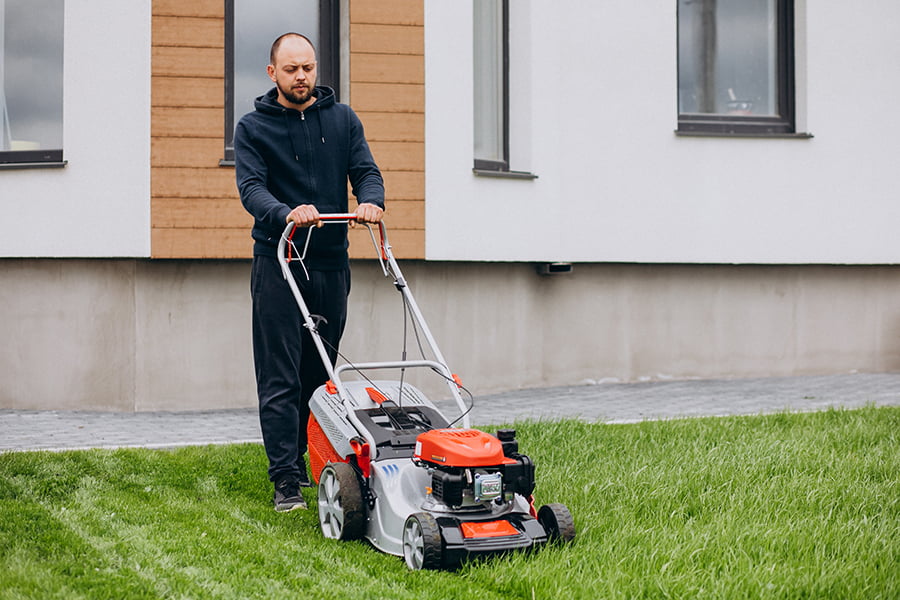
It is essential to mow regularly, as this helps keep the grass at a consistent height and prevents it from becoming overgrown. When mowing, it is important to use the correct blade setting for your grass type and to adjust the blade height accordingly.
For most types of grass, it is best to cut no more than one-third of the total length in any single mowing session. This will help ensure that your lawn remains healthy and strong by preventing scalping or damage caused by cutting too much off at once.
Be sure to alternate between different directions when mowing so that you don’t create ruts in your lawn from constantly going in one direction. Make sure you clean up after each session by removing any clippings or debris left behind on the ground surface.
Aerating the Soil
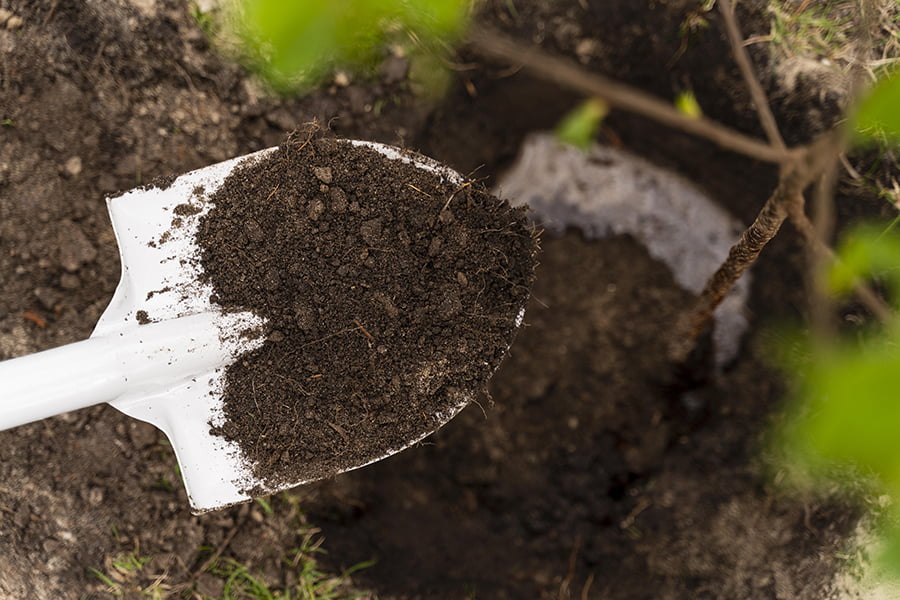
Aeration involves using a special tool to poke small holes in the soil, allowing air and water to penetrate deeper into the ground. This helps promote root growth and encourages beneficial microorganisms that help break down organic matter in the soil.
It also helps reduce compaction, which can prevent water from reaching grass roots and cause them to become weak or die off. Aerating your lawn once or twice a year will ensure that it stays healthy and vibrant for years to come.
Removing Weeds and Debris
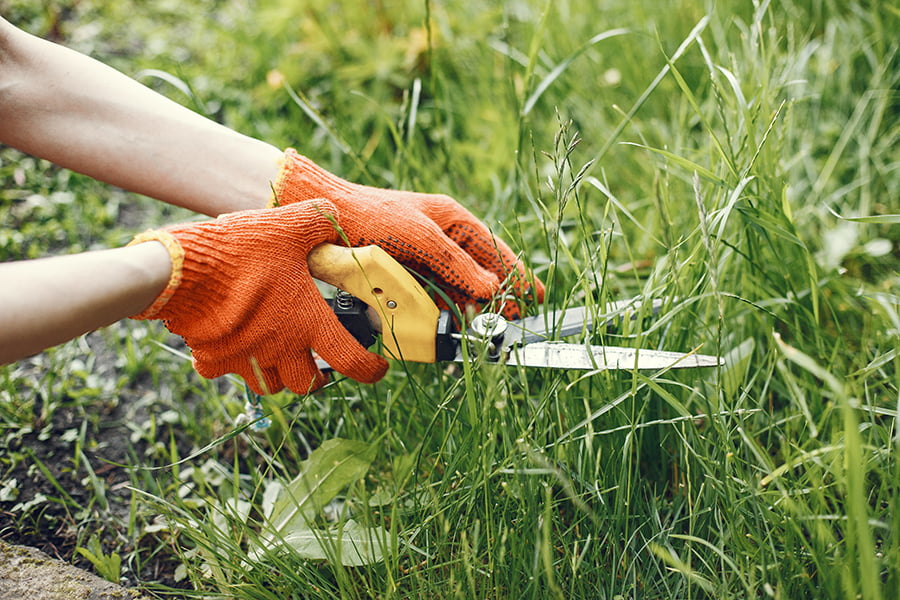
Weeds can compete with grass for nutrients, water, and sunlight, making it difficult for the grass to thrive. Debris such as leaves, twigs, and branches can also block sunlight from reaching the grass.
To remove weeds and debris from your lawn: 1. Hand-pulling: This is one of the most effective ways to remove small weeds that have not yet gone to seed.
Make sure you get all of the roots when pulling out weeds by hand so they don’t grow back quickly. 2.
Mulching: Use mulch around plants in your garden or flower beds to prevent weed growth in those areas while still allowing moisture to reach them easily. 3.
Mowing: Regularly mow your lawn at least once a week during growing season (spring through fall). This will help keep weeds down by preventing them from going to seed and spreading throughout your yard.
It will also help keep debris like leaves off of your lawn so they don’t block sunlight or smother the grass underneath them. 4 Raking: Rake up any fallen leaves or other debris on a regular basis so that it doesn’t accumulate on top of your grass over time and cause damage due to lack of light or air circulation beneath it .
Overseeding Thin Areas of Grass

This can be done by hand or with a spreader, and it helps to fill in bald spots and create a lush, green lawn. When overseeding, it’s important to choose the right type of grass seed for your area; some types are better suited for certain climates than others.
You should make sure that the soil is properly prepared before seeding; this includes loosening the soil and removing any debris or weeds that may be present. Water regularly after overseeding so that the seeds have enough moisture to germinate and grow into healthy blades of grass.
With proper preparation and care, overseeding can help maintain a healthy lawn all year round!
Applying Pest Control Treatments
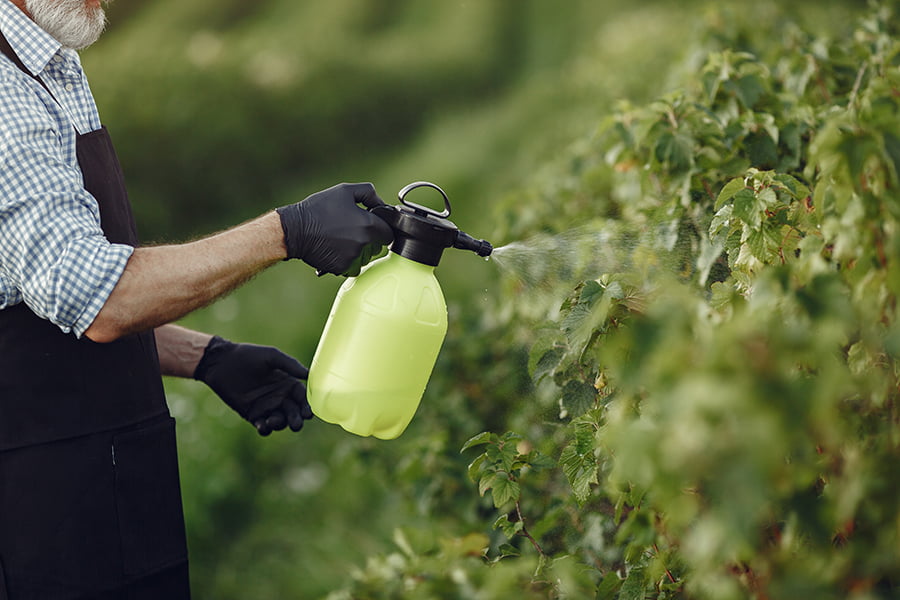
Pests such as grubs, mites, and other insects can cause damage to grass and plants if left unchecked. To prevent this damage, it is important to apply pest control treatments regularly.
These treatments can come in the form of sprays or granules that are applied directly to the lawn or soil around the plants. The type of treatment used will depend on the type of pests present in your area and what kind of damage they are causing.
It is also important to follow instructions carefully when applying these treatments so that they are effective and safe for people, pets, and wildlife.